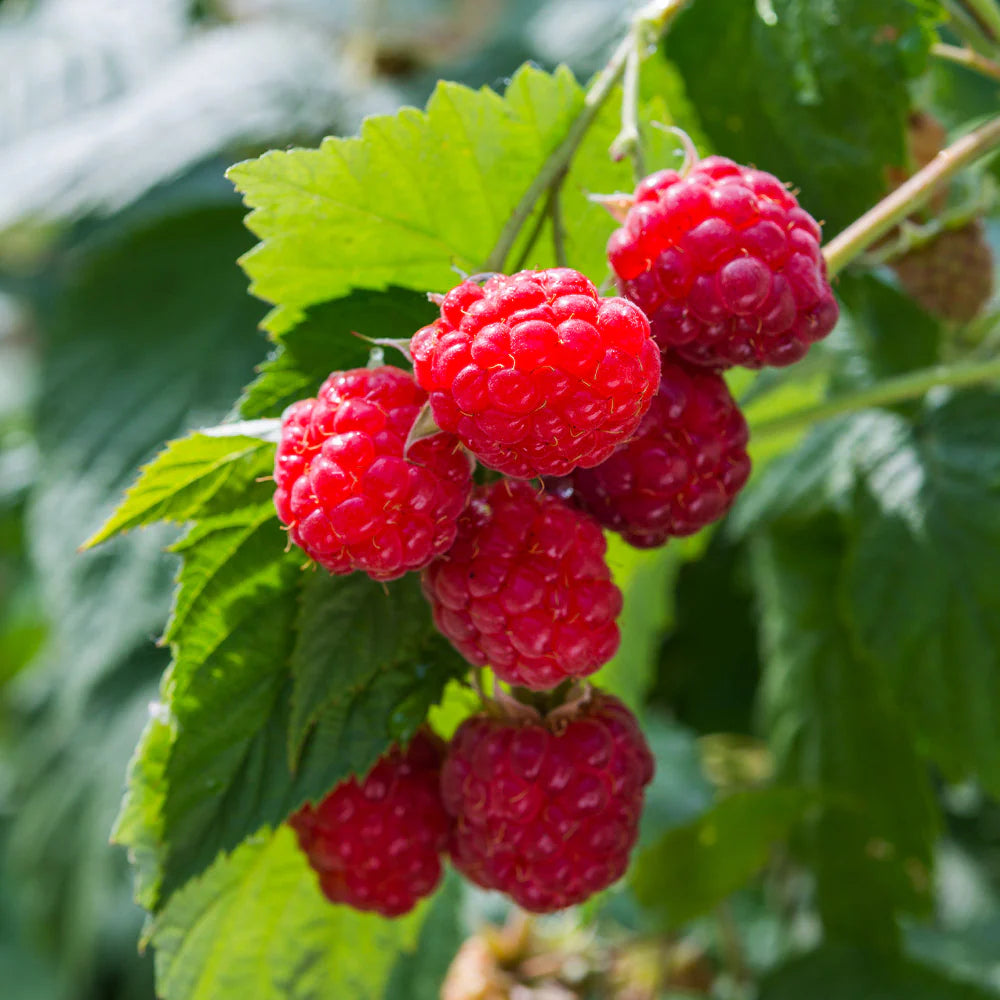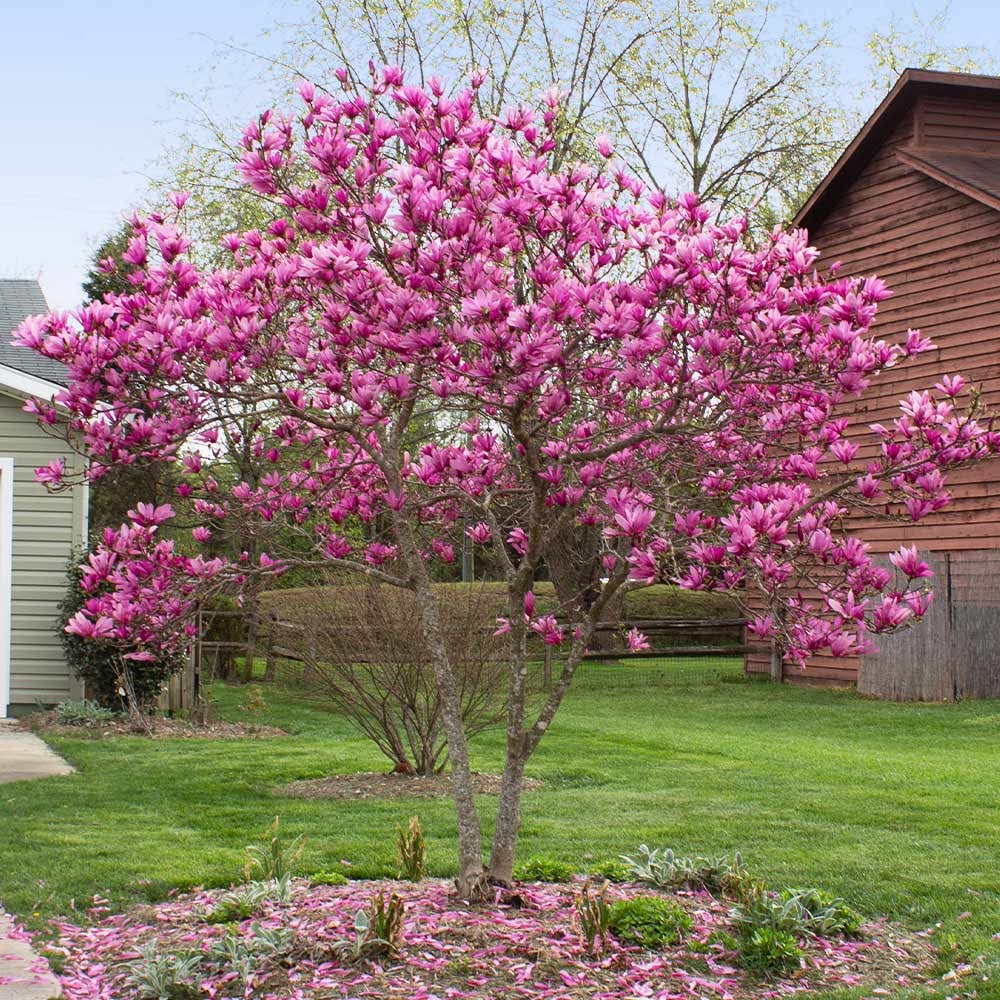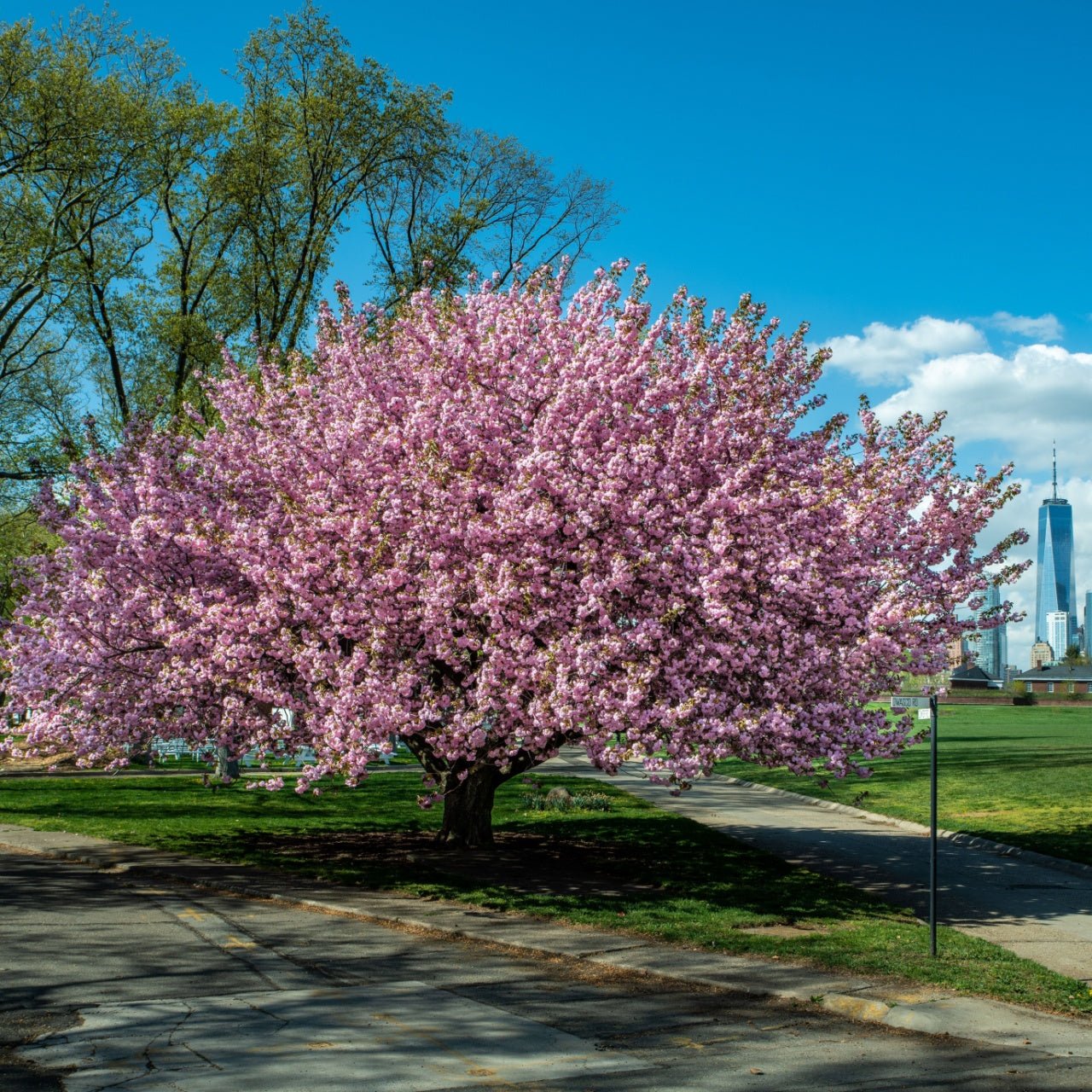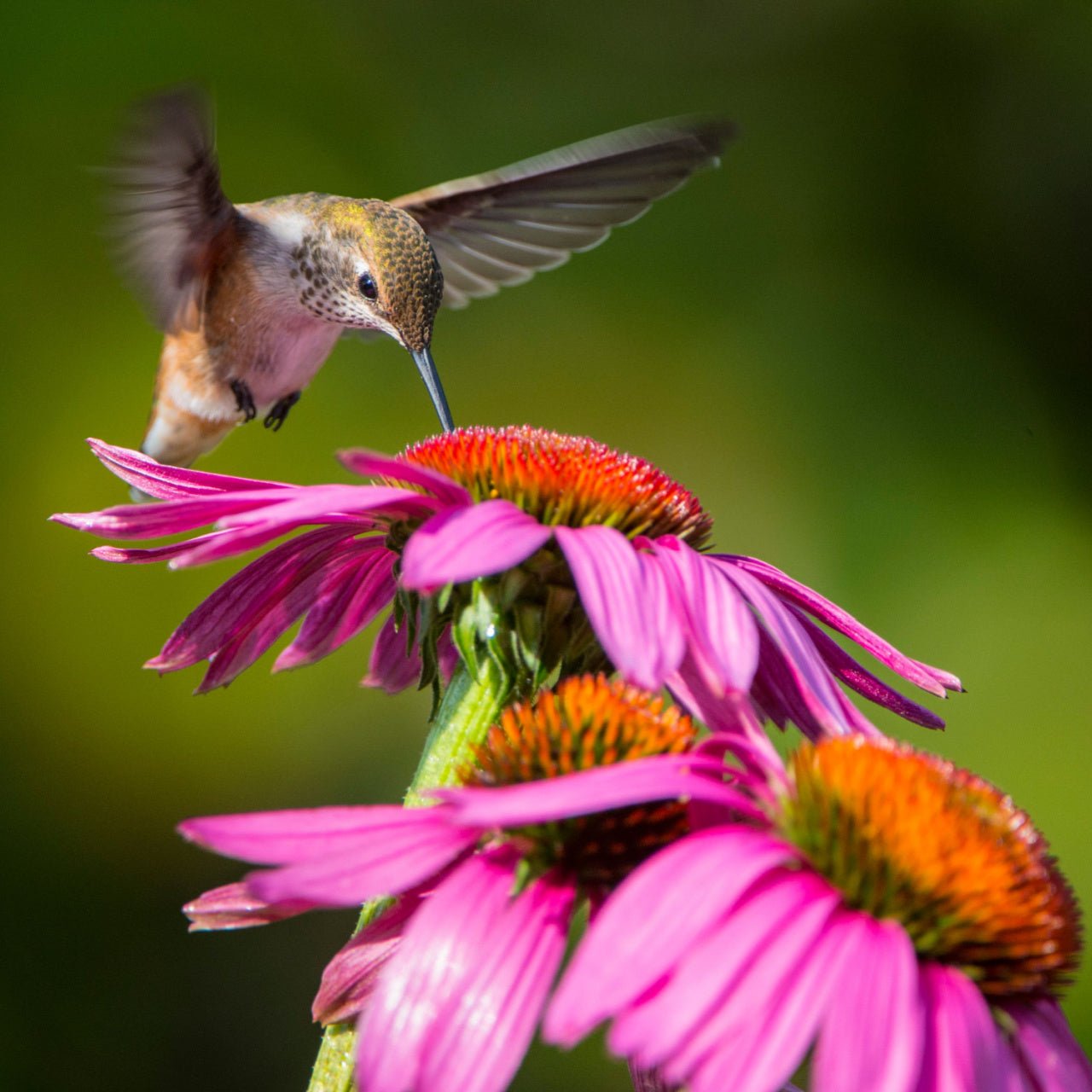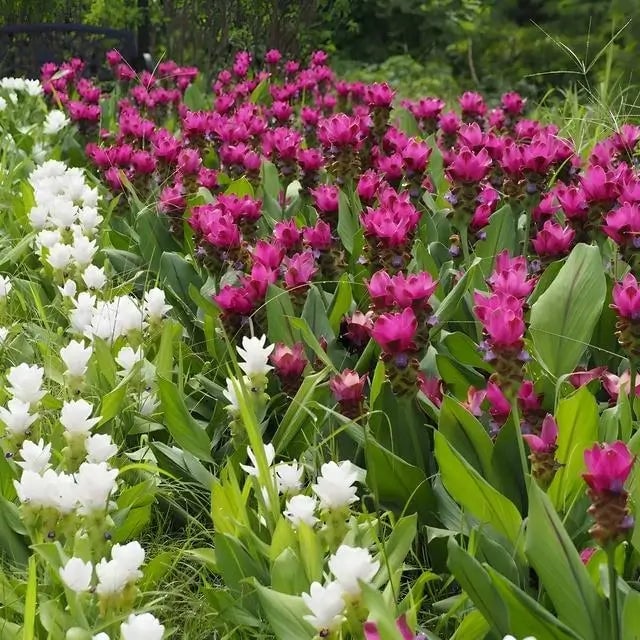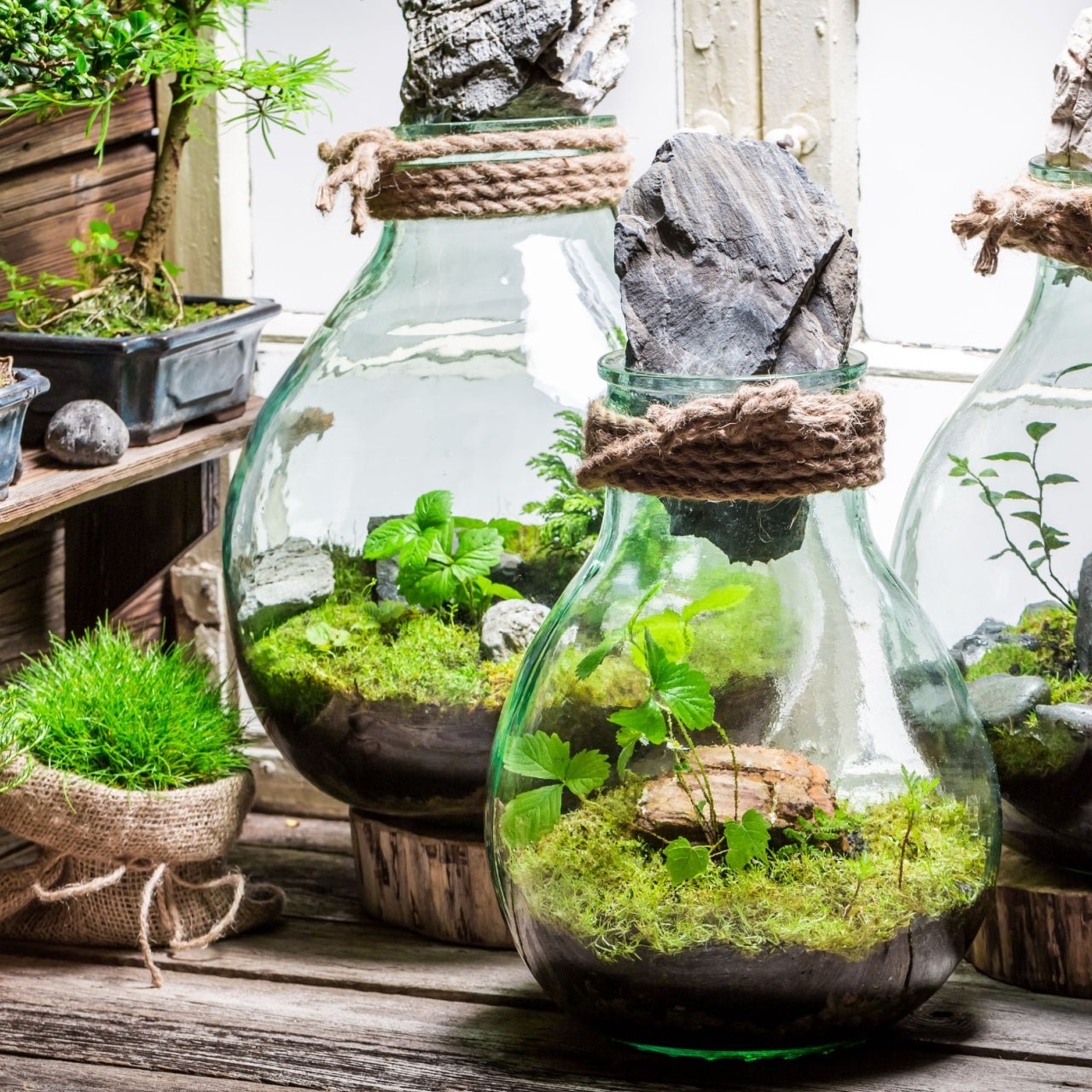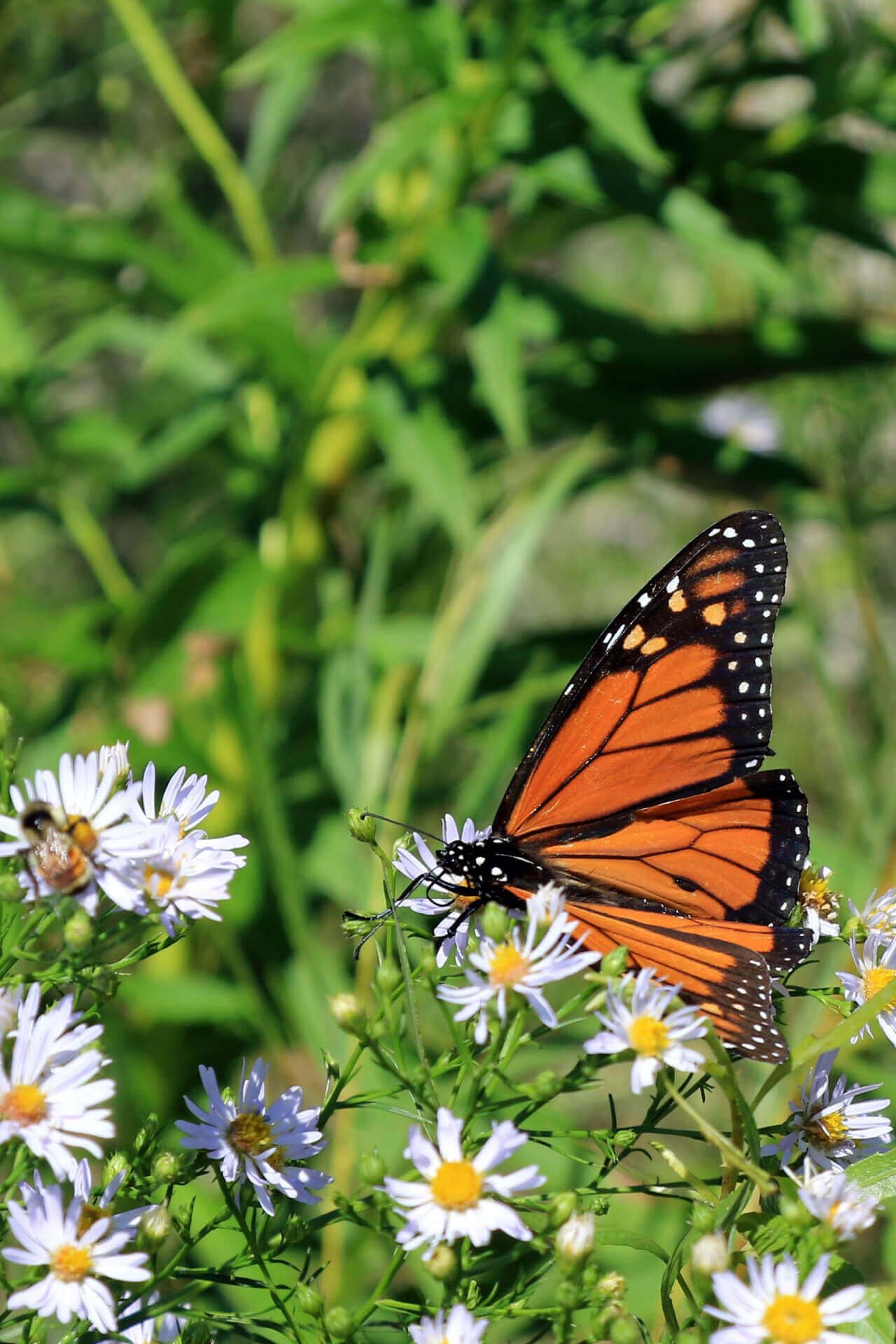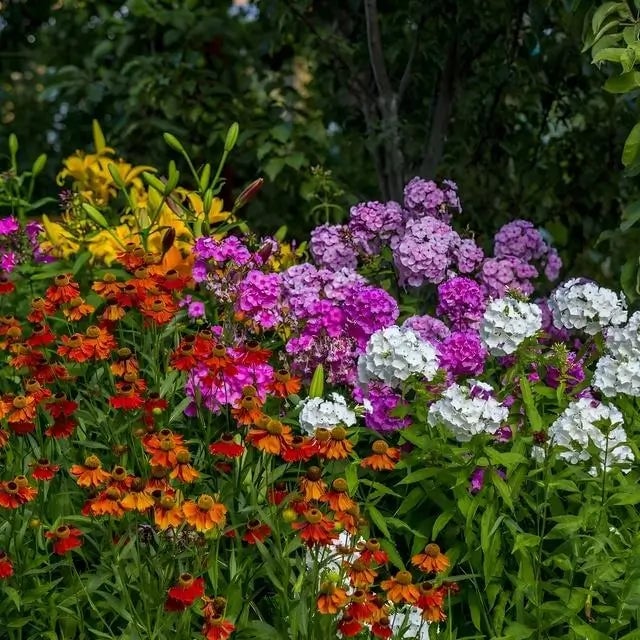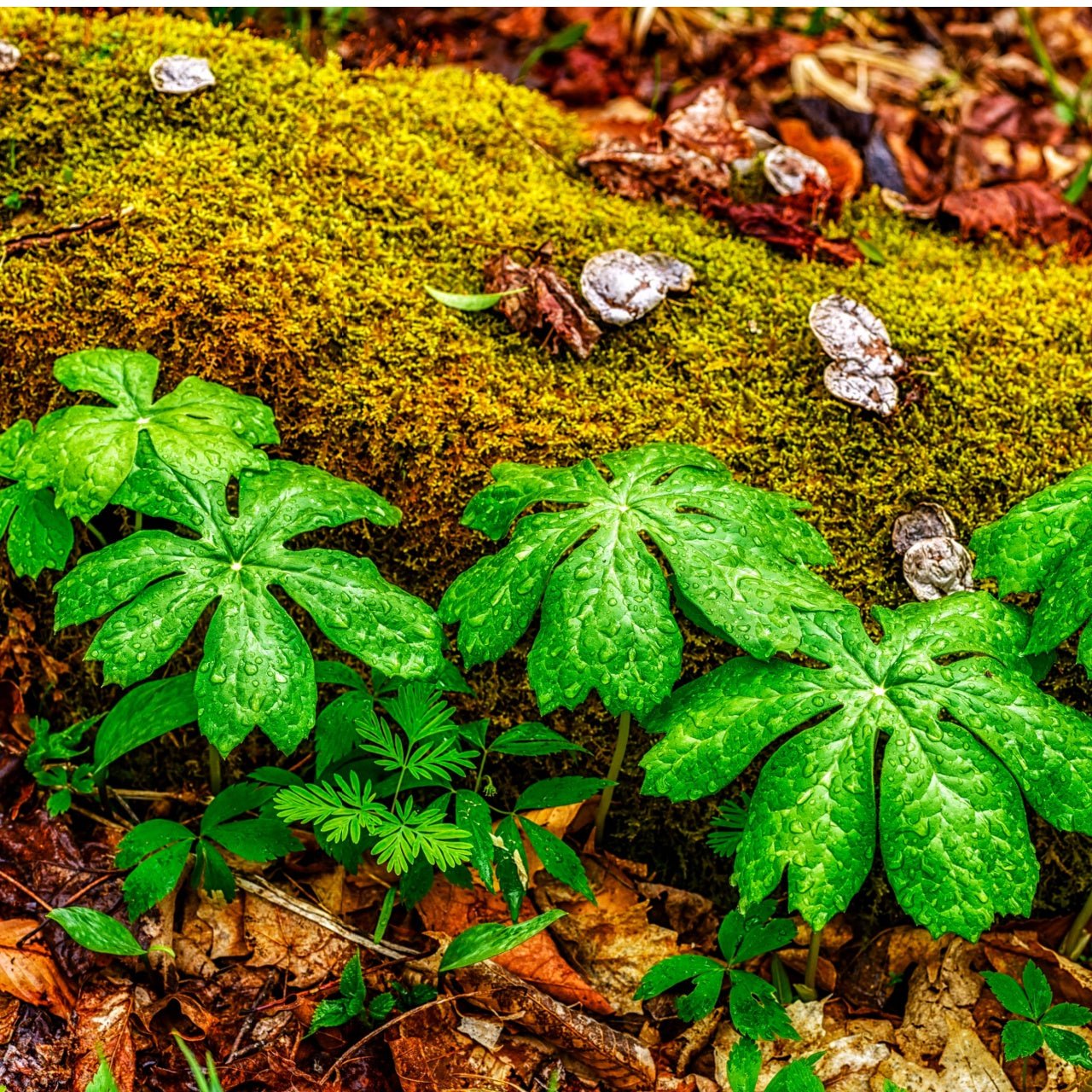

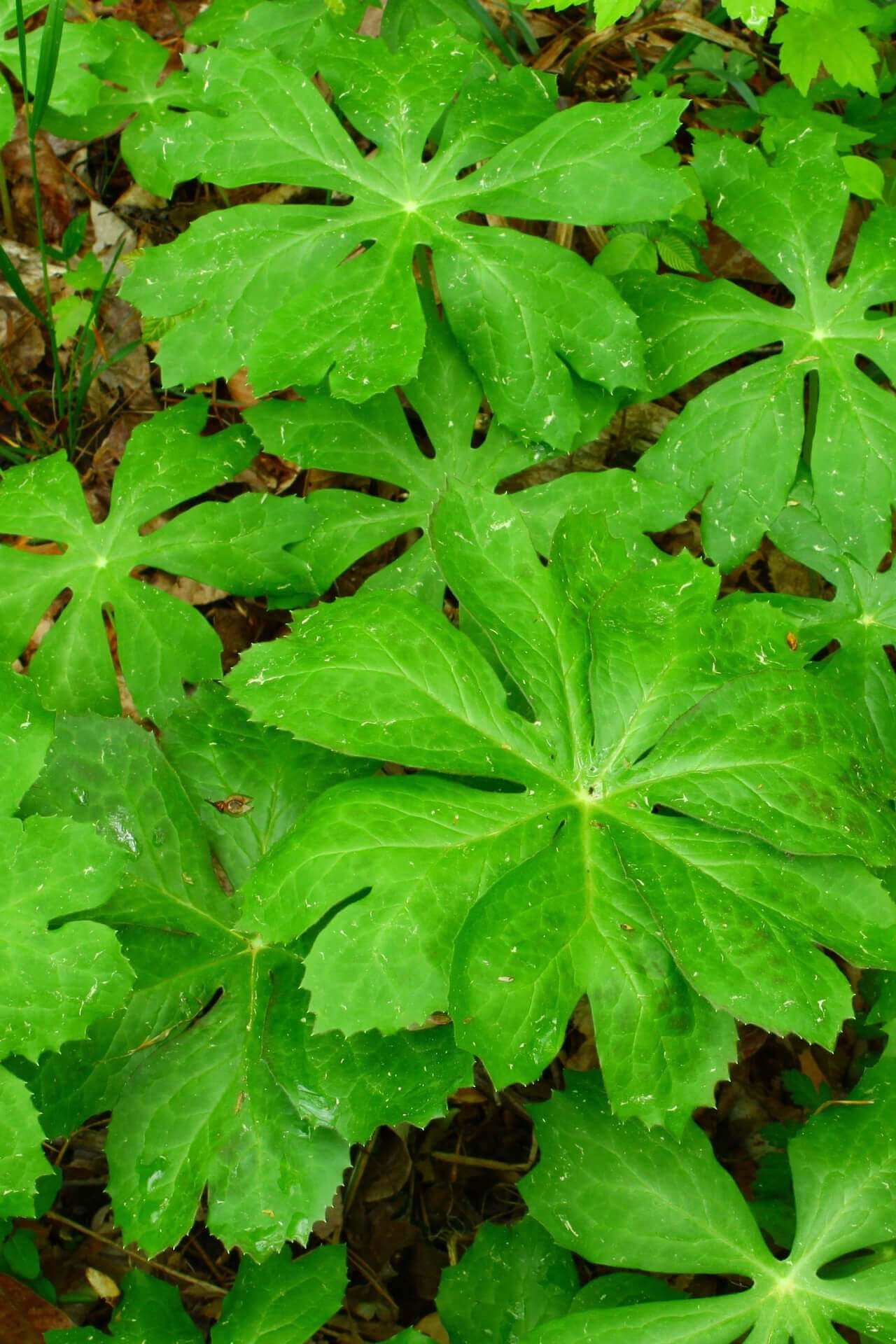
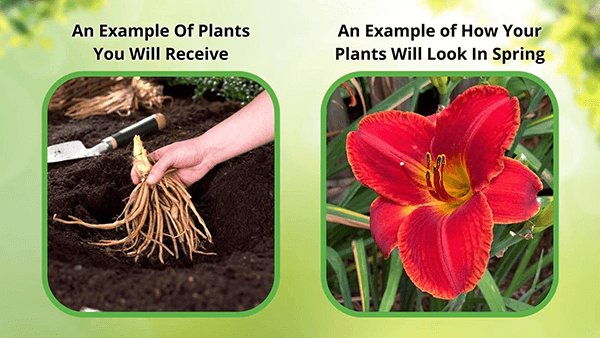
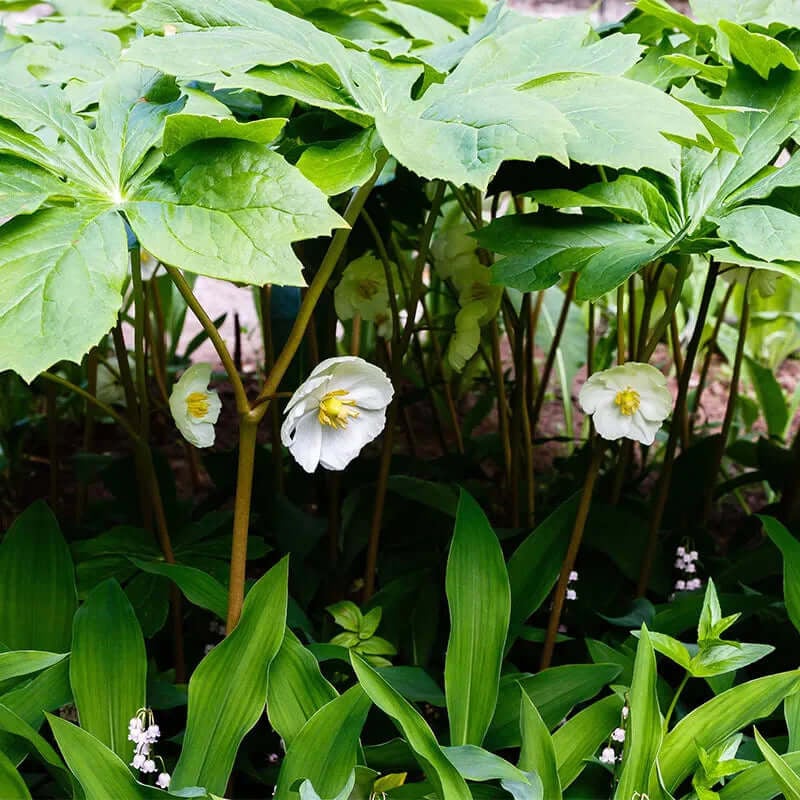
Mayapple
Thrives in Zones 3 - 8
Beautiful white spring flowers
Attractive ground cover option
Low maintenance, easy care
Ships in
7-10 DaysMayapple - Podophyllum peltatum
The Mayapple is a charming native of the USA that grows across the forest floor in woodland ecosystems. This fairytale story plant produces two palmately lobed leaves atop slender stems reaching about 18 in in height. In early spring, each plant produces one nodding cup-shaped white flower with delicate yellow stamens. Once pollinated, the flowers develop into a fleshy fruit resembling a green apple, a characteristic which inspired this charming forest plant’s common name.
Often, these plants form a swath of individual stems originating from a single root system. These stems emerge from a creeping rhizome just below the soil surface. Some stems only bear one leaf and do not produce a flower, however they contribute to the impressively dense and lush ground cover nonetheless.
Plant Details - Mayapple
Family: Berberidaceae
Hardiness Zones: 3 to 9
Light Requirement: Partial sun to partial shade
Water Needs: Moderate
Height: 12 to 18 in
Spread: 8 to 12 in
Growth Rate: Moderate
Bloom Time: Late spring
Flower Color: White with yellow stamens
Wildlife Value: Flowers attract pollinators and woodland animals consume its fruit
The fruit of this plant is ripe once it is yellow and becomes soft to the touch. The fruit has been used for making delicious jams and other treats in the past; however, all parts of the plant are poisonous, including the fruit when eaten in large quantities.
Interestingly, the ripened fruit produces an aroma that attracts box turtles for a feast. After passing through the turtle’s digestive system, the seeds have been shown to be 40% more likely to germinate than if they were to germinate directly from fruit fall.
Landscape Uses and Maintenance - Mayapple
The Mayapple is known to do well growing under pine trees and prefers medium moist, well-drained soils in partial sun. It is plant deer and rabbit tolerant and does not have any serious pest or disease issues.
It produces a lovely ground cover that will emerge early in the spring. After the fruit has ripened, the plant goes dormant in summer and will reappear the following year. Given the plant’s cyclical growth habit, plant it with other perennials that emerge and flower later in the year to keep your woodland garden consistently bursting with life.
Noteworthy Characteristics
Attractive to pollinators, fruit enjoyed by wildlife, dense ground cover.
This charming, umbrella-like, native perennial will produce a lush green ground cover in your woodland garden year after year, ensuring that you have something to look forward to after winter’s slumber. Shop for Mayapple plants online at TN Nursery. For 68 years, we have served the landscaping industry and homeowners with specimen plants.
This Is How Your Plants Will Look upon Delivery
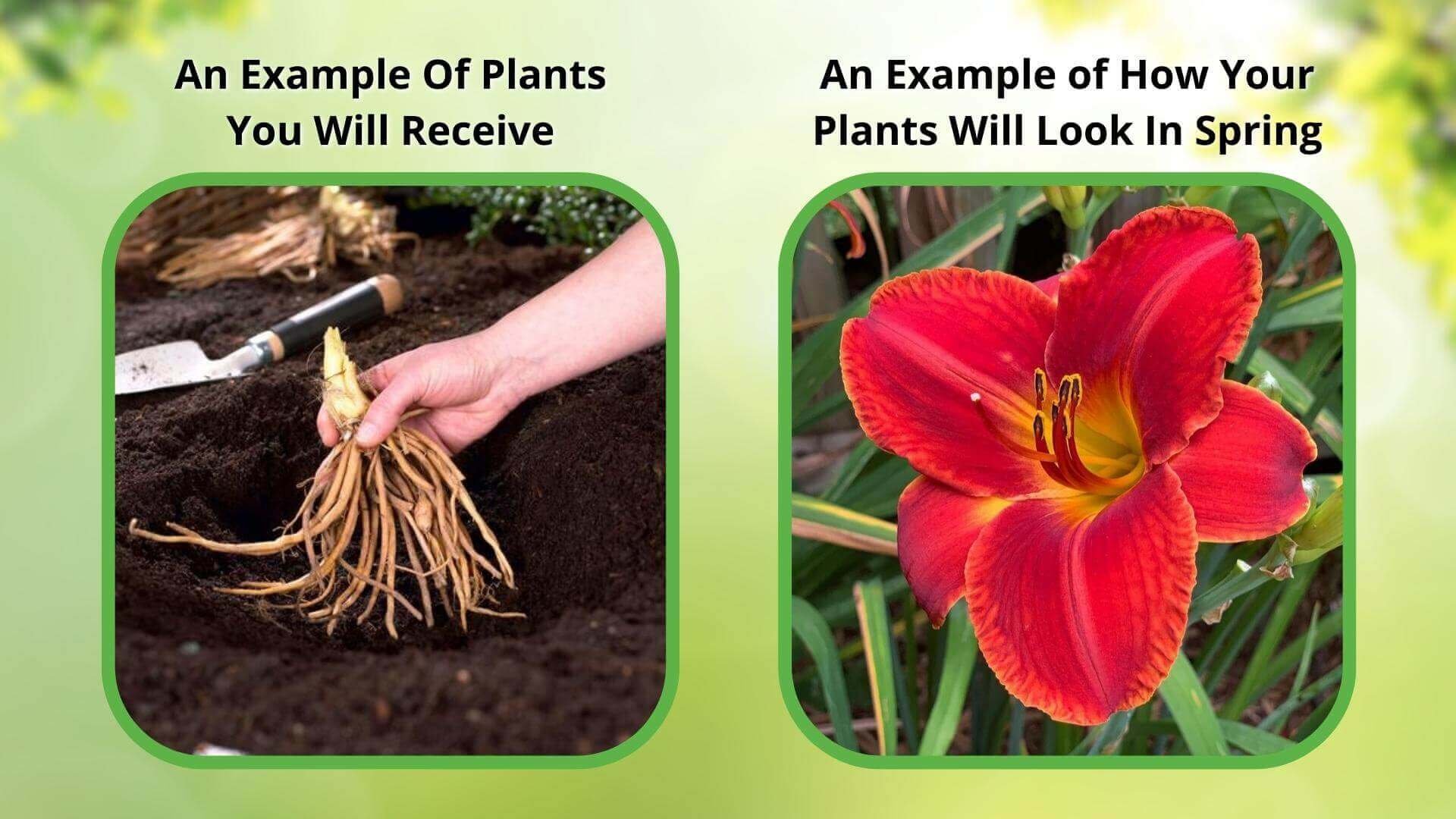
Bloom Season
Spring
Bloom/Foliage Color
White
Height at Maturity
Under 12"
Care
Mayapple thrives in well-drained, rich soil and requires consistent moisture. Mulch near the ground to maintain soil dampness and prevent weeds. Water regularly, particularly in dry periods. Avoid disturbing the roots, as they are sensitive to transplantation.
Plant Reproduction
Mayapple spreads by rhizomes; specialized underground stems that send up new shoots.
How to Grow and Care for Bare Root Perennials, Tubers, and Bulbs
Bare root perennials, tubers, and bulbs are an easy and economical way to jumpstart your garden with lasting beauty. These dormant plants should be planted in early spring or fall while the soil is cool and workable. Before planting, soak bare roots in water for 1–2 hours to rehydrate them. Choose a location based on the plant’s light needs—most flowering types prefer full sun, while others thrive in partial shade.
For bare root perennials, dig a shallow hole and spread the roots out naturally, ensuring the crown is level with the soil surface. For tubers and bulbs, plant with the pointed side facing up at a depth about two to three times their height. Cover with soil, gently press down, and water thoroughly.
Keep soil consistently moist (not soggy) until new growth appears. Add mulch to retain moisture and suppress weeds, but avoid covering the crown or bulb tops. Once established, these plants require little maintenance—just seasonal watering, occasional dividing, and deadheading or pruning as needed. With proper care, they’ll return and thrive year after year.
Shipping date depends on the date displayed and chosen when you order from the product's page.
We do not accept returned plants. If you purchased an extended warranty we do accept claims, please navigate to the warranty page for instructions HERE






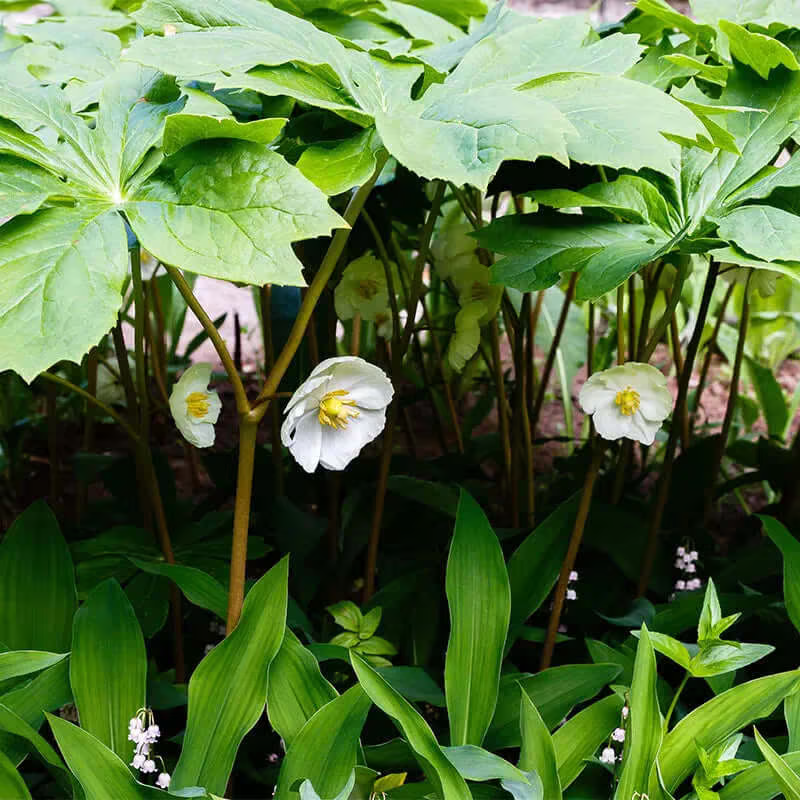
Interesting Flowers:
Produces white flowers that turn into ornamental fruits for year-round interest.
Shade Tolerant:
Thrives in low-light conditions, perfect for shaded gardens.
Natural Look:
Enhances woodland or naturalistic garden designs with its unique appearance.
Unique Foliage:
Mayapple’s umbrella-like leaves add distinct charm to shaded areas.
Header
Use this content to share information about your store and products.
Frequently asked questions
Still have a question? Contact us here.
Yes, we ship all over the world. Shipping costs will apply, and will be added at checkout. We run discounts and promotions all year, so stay tuned for exclusive deals.
It depends on where you are. Orders processed here will take 5-7 business days to arrive. Overseas deliveries can take anywhere from 7-16 days. Delivery details will be provided in your confirmation email.
You can contact us through our contact page! We will be happy to assist you.








